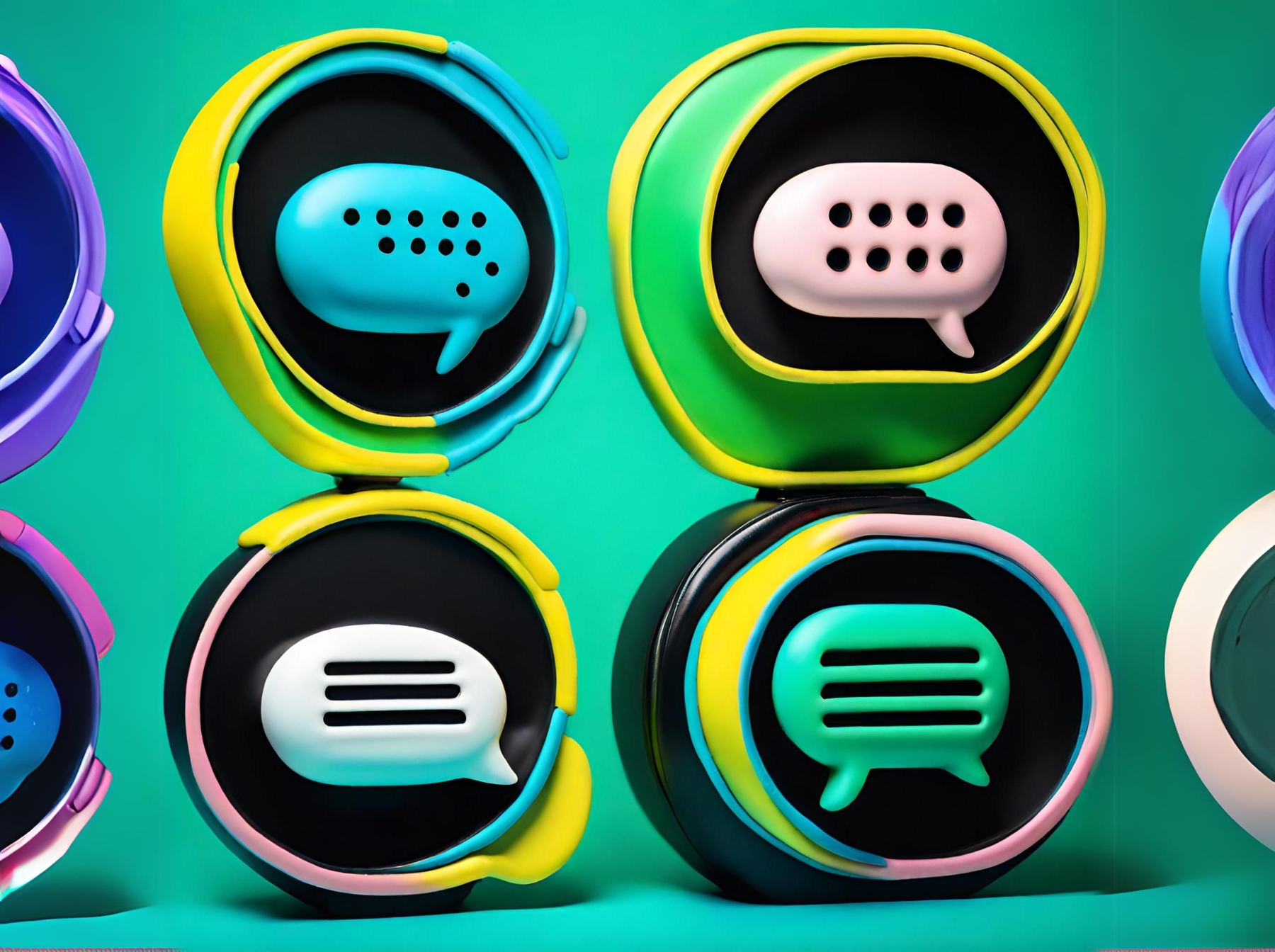How to Incorporate SMS into Your Marketing Strategy

SMS (Short Message Service) can be a highly effective marketing channel for businesses to reach and engage with their audiences. Integrating SMS into the customer journey is quickly becoming a marketer’s go-to for communicating time-sensitive offers, supporting in-person event strategies, or to give that extra boost of personalization at just the right moment (to name just a few).
While the allure of high engagement sounds enticing to even the most seasoned Marketer, SMS doesn’t actually make sense for every brand or business model. Despite the compelling advantages that SMS seems to promise (high average open and response rates as an example), the role SMS plays in the customer journey should be carefully thought through. When done poorly, SMS is also one of the fastest ways to turn off your customers and prospects.
There are many strategic and technical implications to take into consideration before considering implementing SMS into your broader digital marketing strategy.
Strategic tips to leverage SMS as a marketing channel
Here are seven tips on how to leverage SMS as a marketing channel:
1. Build a subscriber list: Build a list of subscribers who have opted-in to receive SMS from your business. You can do this by adding a call-to-action on your website, social media channels, or in-store, inviting customers to subscribe.**Reminder: Under the CAN-SPAM Act, the FCC regulates commercial text messages sent to mobile devices, making sending unwanted text messages to cell phone numbers illegal.
2. Segment your audience: Segmenting your audience based on their location, behavior, and interests can help you send more targeted and personalized messages that are more relevant and valuable to them.
3. Keep your messages succinct: Keeping your SMS messages short and concise is key to adhering to a 160-character limit. Be sure to include a very clear call-to-action (CTA) to get your audience to engage.
4. Timing is everything: Timing is critical when it comes to SMS marketing. Avoid sending messages too early in the morning or too late at night. Also, make sure to send messages at a frequency that is not too overwhelming. While the recommended frequency of messaging varies depending on industry, marketers often start with 4-5 messages per month. Based on the results from testing out the frequency of 1-2 messages per week, you can decide whether or not to experiment with increasing (or decreasing), while closely monitoring whether or not a successful lift is being attained (see point 7).
5. Offer exclusive deals and promotions: Offer exclusive deals and promotions to your SMS subscribers to keep them engaged and make them feel valued. SMS can also be valuable used as reminders about upcoming sales or events.
6. Use a conversational tone: Using a conversational tone in your messages can make them feel more personal and engaging. Try to avoid using technical jargon or overly formal language.
7. Track and analyze your results: Use analytics tools to track and analyze your SMS marketing campaigns’ performance. This will help you measure your success and identify areas for improvement.
Technical considerations when incorporating SMS into your messaging strategy
When incorporating SMS into your messaging strategy, there are several technical considerations to keep in mind:
1.Compliance: Under the Telephone Consumer Protection Act of 1991, the FCC regulates commercial text messages sent to mobile devices, making sending unwanted text messages to cell phone numbers illegal. With fines ranging from $500-$1500 per call the financial implications can be significant. Businesses must obtain consent prior to sending SMS messages and provide an opt out in each message.
2. Integration: integrating SMS messaging with your CRM or marketing automation platform is best practice and ensures subscriber data is up-to-date, and messages are triggered based on the appropriate actions and behaviors.
3. Deliverability: To ensure that your SMS messages are delivered successfully, work with a reputable SMS provider. Providers should have strong carrier relationships and comply with industry standards.
If you don’t use an SMS provider and try to send SMS messages directly from your own infrastructure, you may face several challenges:
a) Technical difficulties: Sending SMS messages requires technical infrastructure and knowledge, including connectivity to mobile networks and message formatting. Without a provider, you would need to build and maintain this infrastructure yourself, which can be costly and time-consuming.
b) Deliverability issues: SMS providers have relationships with mobile carriers and are more likely to have their messages delivered to recipients’ phones. Without a provider, you may have difficulty delivering messages, and your messages may be blocked by mobile carriers due to anti-spam measures or other issues.
c) Compliance concerns: SMS messaging is regulated by various laws and guidelines, including the Telephone Consumer Protection Act (TCPA) in the US and the General Data Protection Regulation (GDPR) in Europe. SMS providers typically have compliance measures in place to ensure that their customers comply with these regulations. Without a provider, you may be at risk of non-compliance.
d) Reputation damage: If you attempt to send unsolicited messages or violate mobile carriers’ anti-spam policies, you may be reported as a spammer, which can damage your reputation and lead to your messages being blocked by mobile carriers.
Using an SMS provider is highly recommended for businesses and organizations that want to send SMS messages as part of their communication strategy. By using a provider, you can avoid technical difficulties, improve deliverability, ensure compliance, and protect your reputation.
4. Personalization: Personalization can be a powerful way to increase engagement and conversions with SMS messaging. By integrating SMS providers and CRM or POS systems you can enable data to personalize beyond the mail merge Hi <Name>. Consider the value of not only knowing what your customer purchased, but serving up what many customers buy next. Provide custom offers to increase cart ring or stimulate their next purchase.
5. Testing: Before sending SMS messages to your subscribers, test to ensure that everything is working correctly. Test your message content, delivery, and opt-out functionality to ensure that your subscribers receive the intended message.
6. Acquire short/long code: A short code (typically 5 to 6 digits long) is used in one country or market. A long code (typically 11 to 13 digits long) is used in multiple countries and includes a country code prefix. This is typically a longer process 4-6 weeks to get started with one short code so it’s very important to start planning in advance.
To make the most of SMS as a marketing channel, pay close attention to compliance, integration, deliverability, message formatting, personalization, timing and testing. By focusing on the technical and strategic considerations outlined in this article, you can craft compelling SMS campaigns that have the potential to resonate with your subscribers and drive meaningful results for your business. If you need help with customer journey mapping, the Shift Paradigm team is here to support you every step of the way.





